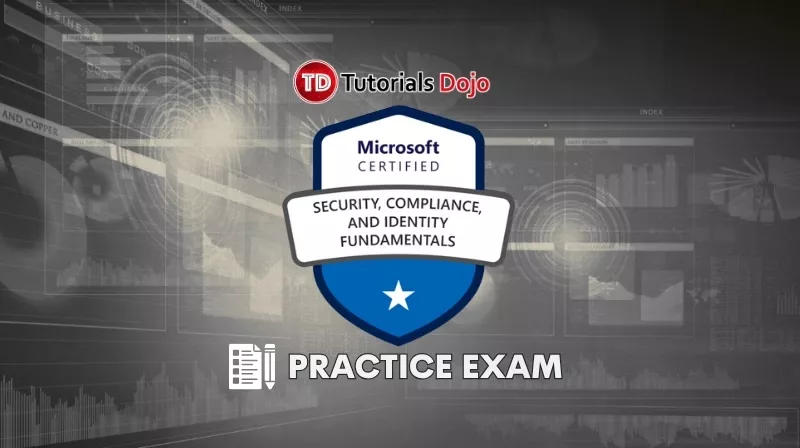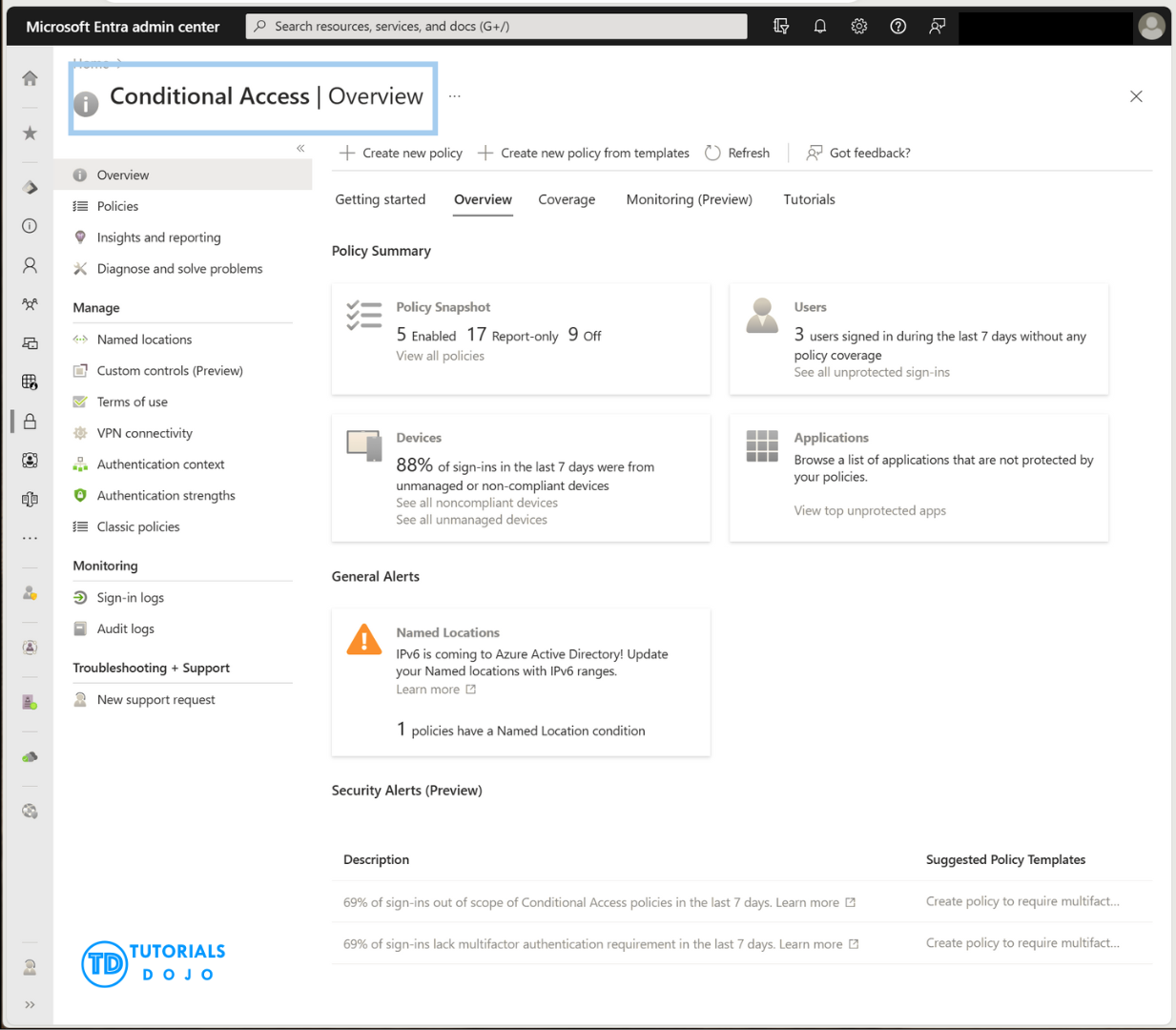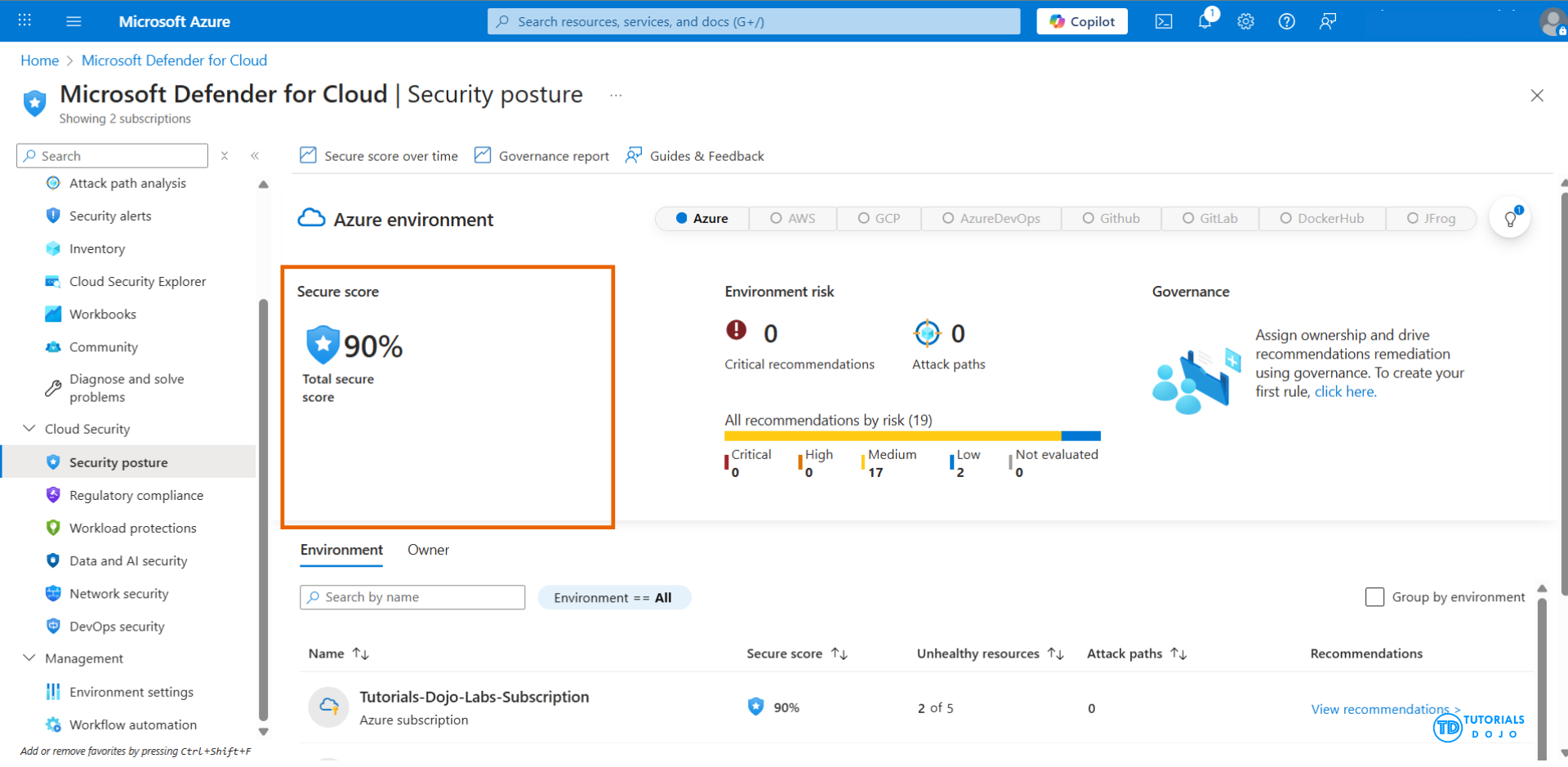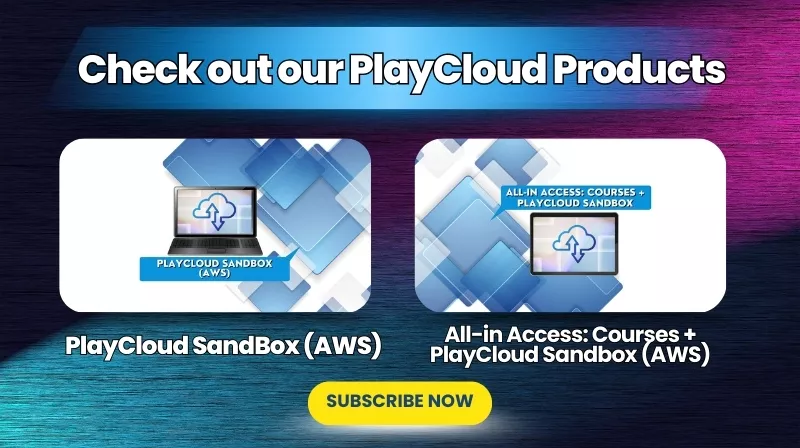The SC-900 Microsoft Security, Compliance, and Identity Fundamentals certification is designed for individuals starting their journey in Microsoft security and identity solutions. This exam validates foundational knowledge of Microsoft security, compliance, and identity (SCI) concepts and services. The role is not tied to a specific job function but instead provides a broad understanding of SCI capabilities across Microsoft 365 and Azure environments.
The exam will measure your skills in the following areas:
- Describe the concepts of security, compliance, and identity
- Describe the capabilities of Microsoft Entra
- Describe the capabilities of Microsoft security solutions
- Describe the capabilities of Microsoft compliance solutions
If you’re planning to take the SC-900 exam, reviewing the official exam skills outline is highly recommended. This study guide contains carefully curated resources to help you build confidence and pass the exam.
Study Materials
Before attempting the SC-900 exam, it is essential to focus on conceptual understanding rather than advanced technical implementation. Unlike role-based certifications, SC-900 emphasizes awareness-level knowledge of Microsoft’s security, compliance, and identity services. A combination of guided learning paths, documentation, and practice exams will help solidify your preparation.
The following resources are highly recommended:
-
Microsoft Learn – provides structured, role-based learning paths aligned with SC-900, including the fundamentals of security, compliance, identity, and governance.
-
Azure Documentation – contains foundational guides and overviews on core services such as Microsoft Entra ID, Microsoft Defender, Microsoft Sentinel, and Microsoft Purview.
-
Azure Blog –stay current with new features, product improvements, and best practices across Microsoft’s security and compliance portfolio
-
Azure FAQs – quick reference sections that address common questions around authentication, governance, and compliance basics.
-
Azure Free Account – signing up provides 12 months of access to core services plus free credits for the first 30 days. This allows hands-on exploration of identity, security, and compliance features in a safe environment.
-
Tutorials Dojo’s Azure Cheat Sheets – our cheat sheets summarize Azure documentation into concise, bullet-point notes highlighting essential identity and access management concepts, making review quick and effective.
-
Tutorials Dojo’s SC-900 Microsoft Security, Compliance, and Identity Fundamentals Practice Exams – our practice tests simulate the actual exam format and difficulty level. Each question includes detailed explanations and references to official Microsoft documentation to help you fully understand the foundational concepts before taking the exam.
-
Microsoft Entra ID Documentation – useful for understanding authentication basics, identity models, Conditional Access concepts, and external identities (B2B/B2C).
-
Microsoft Defender Documentation – provides an overview of Microsoft 365 Defender, Defender for Cloud, Defender for Endpoint, and Defender for Identity, all of which are covered in the exam.
Azure Services to Focus On
Microsoft documentation is the main source of knowledge when preparing for the SC-900 Microsoft Security, Compliance, and Identity Fundamentals exam. To succeed, ensure you have a solid understanding of the following services and features:
-
Core identity concepts: users, groups, and authentication basics.
-
Authentication methods such as MFA, passwordless authentication, and SSPR (Self-Service Password Reset).
-
External identities (B2B/B2C) and cross-tenant collaboration at an overview level.
-
Conditional Access fundamentals (concept of policies, sign-in risk, and access controls).
-
Basic identity protection concepts (risky users and risky sign-ins).
2. Microsoft Defender (Security Solutions)
-
Microsoft 365 Defender – centralized protection across endpoints, identities, email, and apps.
-
Defender for Endpoint, Defender for Office 365, Defender for Identity, Defender for Cloud Apps (formerly Cloud App Security).
-
Defender for Cloud – Secure Score, recommendations, and compliance dashboards.
-
Defender Antivirus – built-in endpoint protection in Windows security.
-
Defender XDR – extended detection and response across Defender products.
-
Defender Threat Intelligence (Defender TI) and Defender Vulnerability Management – awareness-level.
3. Microsoft Entra ID Governance
-
Awareness of role-based access control (RBAC).
-
Understanding the purpose of Privileged Identity Management (PIM) and just-in-time (JIT) access.
-
Awareness of access reviews for users, groups, and app access.
-
Awareness of Microsoft Entra ID Protection concepts, such as detecting risky users and sign-ins.
-
Compliance Manager – compliance score and recommended actions.
-
Information Protection – sensitivity labels, classification, DLP, retention policies.
-
Data lifecycle management and records management.
-
Insider risk management, eDiscovery (Standard & Premium), and audit solutions.
-
Communication compliance and privacy management (awareness level).
-
Awareness of Microsoft Priva for privacy management.
-
Fundamentals of SIEM and SOAR capabilities.
-
Collecting, analyzing, and correlating security data from Microsoft and third-party sources.
-
High-level awareness of automation, incident response, and playbooks.
6. Microsoft Service Trust Portal
-
Access to compliance reports, audit certifications, and trust documents.
-
Used for transparency and assurance in Microsoft cloud services.
-
Important for demonstrating regulatory compliance support.
7. Microsoft 365 Security & Compliance Capabilities
-
Security defaults and baseline tenant-wide protection.
-
MFA enforcement at the organizational level.
-
Microsoft 365 Defender portal – centralized dashboard for security.
-
Awareness of built-in protection for workloads like Exchange Online, SharePoint, and Teams.
-
Awareness of Microsoft Intune for device and application compliance, and its integration with Entra Conditional Access.
Validate Your Knowledge
If you’ve completed the recommended study materials and gained a solid understanding of the concepts, the next step is to validate your readiness for the SC-900 Microsoft Security, Compliance, and Identity Fundamentals exam. One of the best ways to do this is by taking Tutorials Dojo’s SC-900 Practice Exams.
These practice tests are designed to closely mirror the real exam by covering foundational scenarios across Microsoft Entra ID, Microsoft Defender, Microsoft Purview, Microsoft Sentinel, and general security and compliance concepts. You’ll encounter different types of questions such as single choice, multiple response, true/false, and basic scenario-based items. Each question includes a detailed explanation and official Microsoft reference links to help reinforce your understanding of the fundamentals.
After completing the practice exams, you’ll be able to identify which areas of security, compliance, or identity you need to revisit. Combined with our concise cheat sheets, these practice exams will help you strengthen your knowledge across the exam domains and approach the certification test with confidence.
Sample Practice Test Questions:
Question 1
Which Microsoft Entra ID feature allows administrators to enforce multi-factor authentication (MFA) only when users sign in under specific conditions, such as risk level or device state?
1. Identity Protection
2. Privileged Identity Management (PIM)
3. Conditional Access policy
4. Communication compliance policy
Question 2
Which security feature is available in the Foundational CSPM plan of Microsoft Defender for Cloud?
1.Vulnerability scanning of virtual machines
2. Risk prioritization
3. AI security posture management
4. Secure score
For more Azure practice exams questions with detailed explanations, check out the Tutorials Dojo Portal.
Final Remarks
Success in the SC-900 Microsoft Security, Compliance, and Identity Fundamentals exam requires a strong understanding of core concepts across Microsoft’s security, compliance, and identity solutions. It’s not enough to just memorize terms — you need to clearly understand how services like Microsoft Entra, Microsoft Defender, Microsoft Purview, and Microsoft Sentinel fit together to build a secure and compliant environment. Even at the fundamentals level, spending time exploring the Microsoft 365 admin center, Microsoft Entra portal, and compliance solutions will give you the confidence to answer questions that reflect real-world scenarios.
Keep in mind that Microsoft services evolve quickly. Stay updated with the latest changes in security defaults, authentication methods, compliance tools, and Defender solutions by regularly reviewing Microsoft documentation, blogs, and product announcements. Revisit your study materials, practice exams, and cheat sheets to refresh your knowledge and adapt to new updates as Microsoft expands its security and compliance offerings.
By combining guided learning resources, conceptual study, and Tutorials Dojo practice tests, you’ll develop the knowledge base needed to pass the SC-900 exam and demonstrate a solid foundation in Microsoft security, compliance, and identity.
Good luck on your certification journey, you’ve got this! 🚀





















